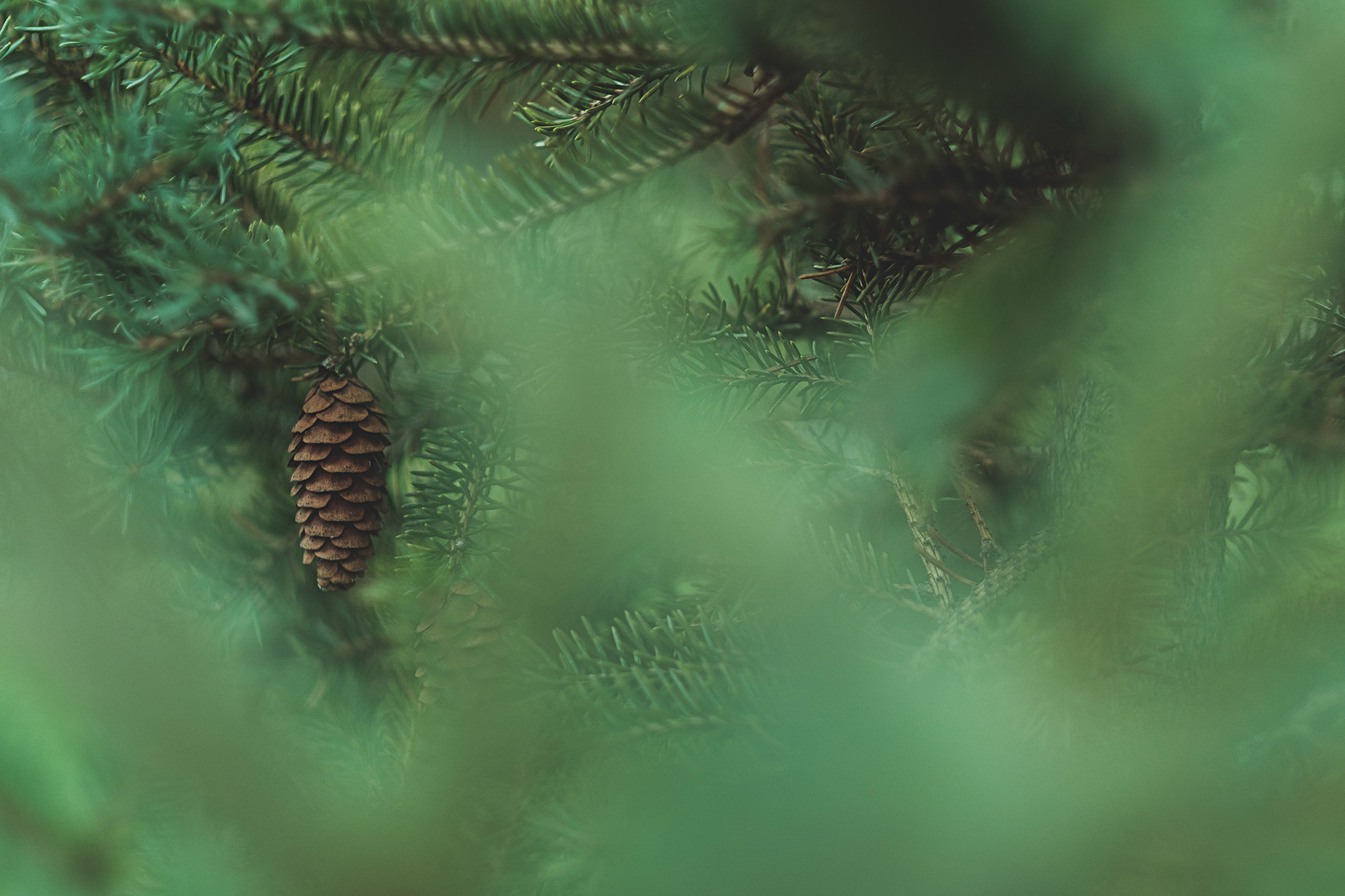You’ve decided to plant a tree: that’s great! For help choosing the right species for your situation, contact local experts, like arborists or staff at garden centres and nurseries. Here are some general tips to get you started.
Location, Location, Location
The healthiest tree in the world will die if planted in the wrong habitat. Make sure to choose a tree that is adapted to the climate zone, soil type, and drainage conditions at your planting site.
Maps of Canada’s climate zones are available online, as are lists of trees that grow under local conditions. Soil type and drainage are factors you can measure yourself. To test your soil, grab a handful and rub it between your fingers. Does it feel gritty? It’s high in sand. Silky or floury? High in silt. Now wet the soil and squeeze it into a clump. Can you feed it out between your thumb and fingers, forming a long dirt ribbon? If so, your soil is high in clay, and probably won’t drain well.
A poorly-drained soil will be moist all year round, especially under the surface. Sandy, well-drained soils are probably only wet in the spring or right after a big rainstorm. Bear in mind that a shallow water table can affect drainage. So can permafrost, so if you live in Canada’s North, pick a tamarack or black spruce for best results!
Consider Your Goals
Are you planting the tree on your own property? If so, are you hoping for summer shade or relief from cold winter winds? Looking to attract birds or other wildlife? Would fruit or nuts be a bonus or a hassle? Think about how the tree will alter the habitat in your yard—for you, other animals, and your neighbours!
Opt for Native Species
About 58 percent of non-native plant species in Canada were deliberately introduced. Many of those are ornamental trees and shrubs that are popular with urban landscapers.
Many non-native plants thrive in Canada, without becoming invasive. However, a native tree, from parent stock in your area, is adapted to local conditions and will probably grow the best. As a bonus, native trees support native wildlife species, including pollinators.
And don’t worry—you won’t be stuck with pines and poplars. Use the MyTree app or visit Tree Canada at bit.ly/2GoA0xu to explore the full range of native tree species!
Don’t Feed the Tree Killers
Invasive insects and diseases kill trees across the country. But Canada is home to native pest insects, too: spruce budworm and forest tent caterpillars are two notorious examples.
To avoid losing your tree to insects or disease, find out which threats are common in your area. Choose a tree species accordingly. Remember that some pests are always present, but others are cyclical, coming and going from year to year.












































